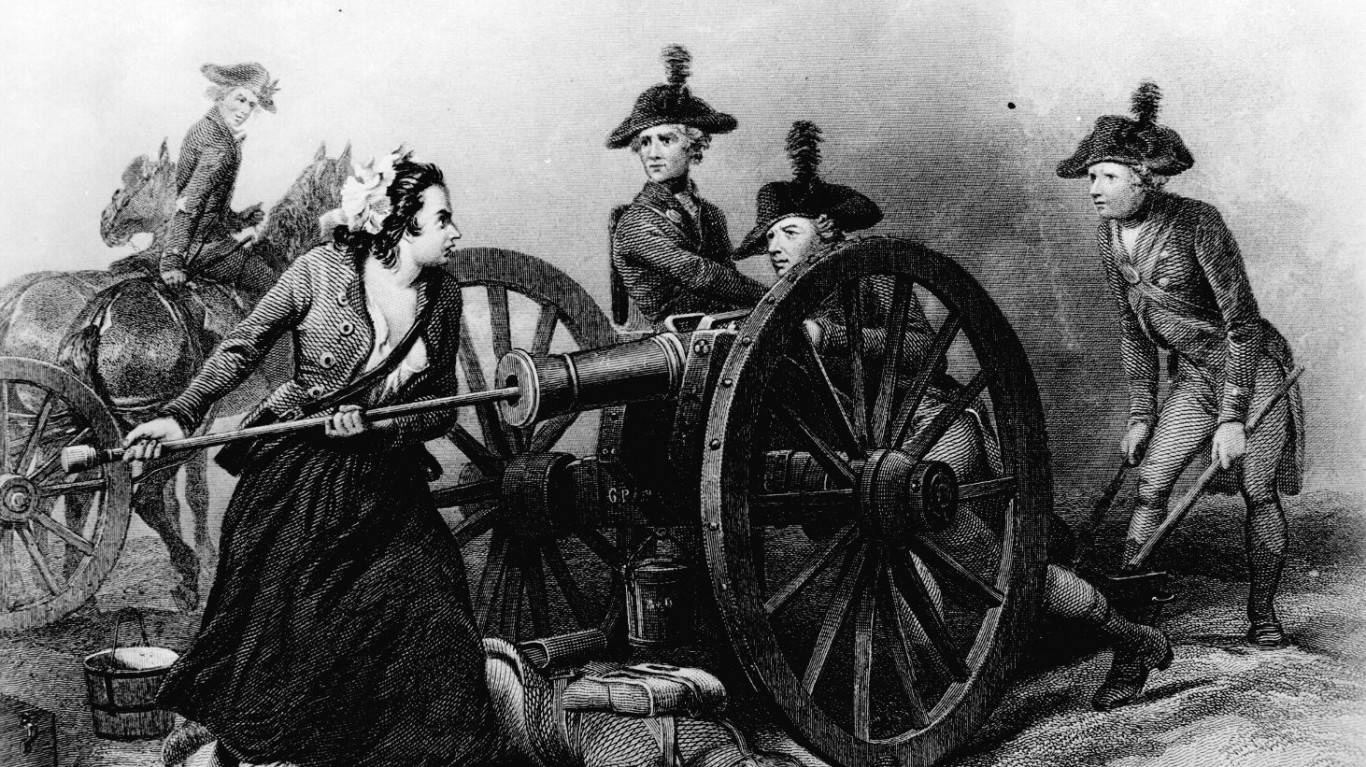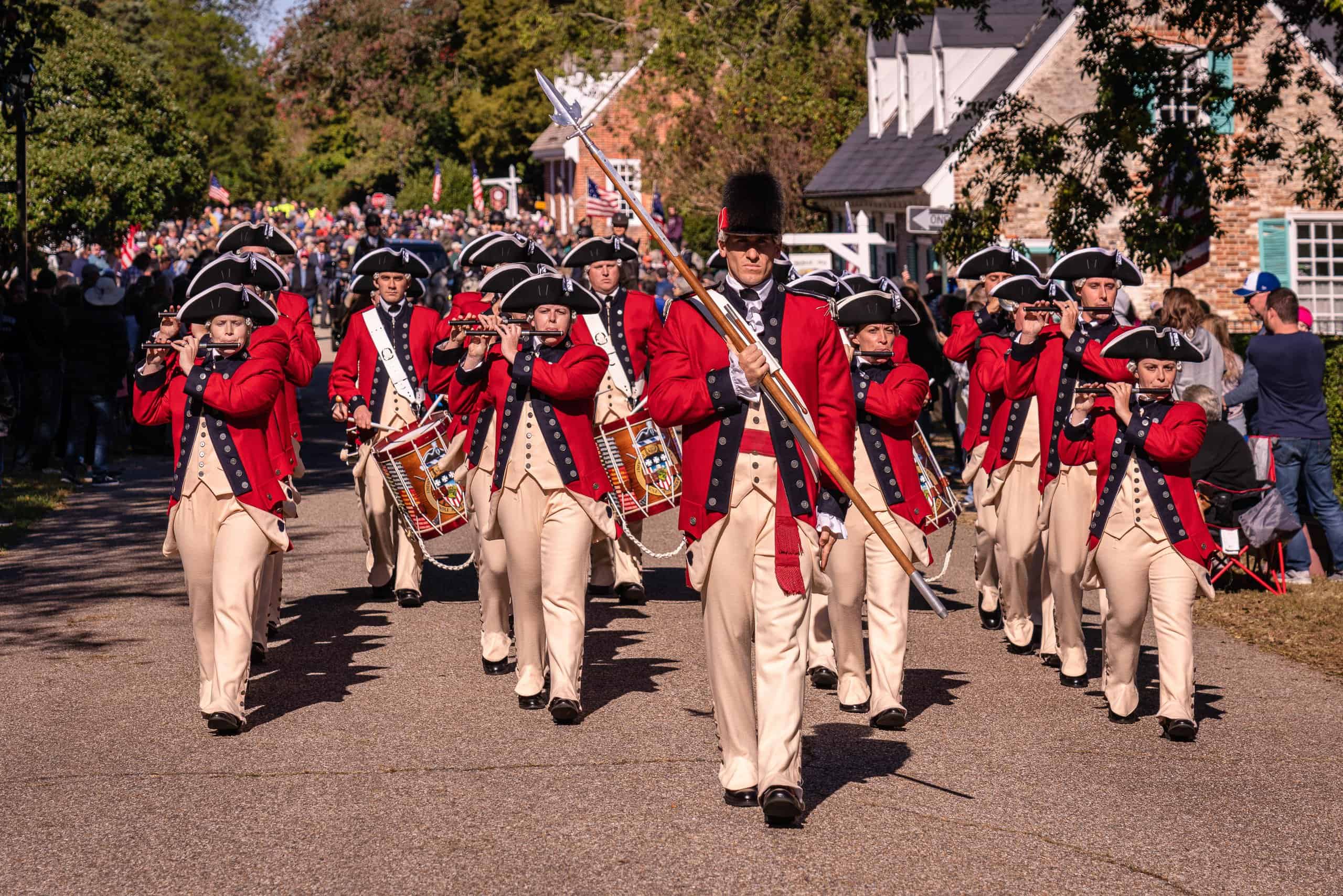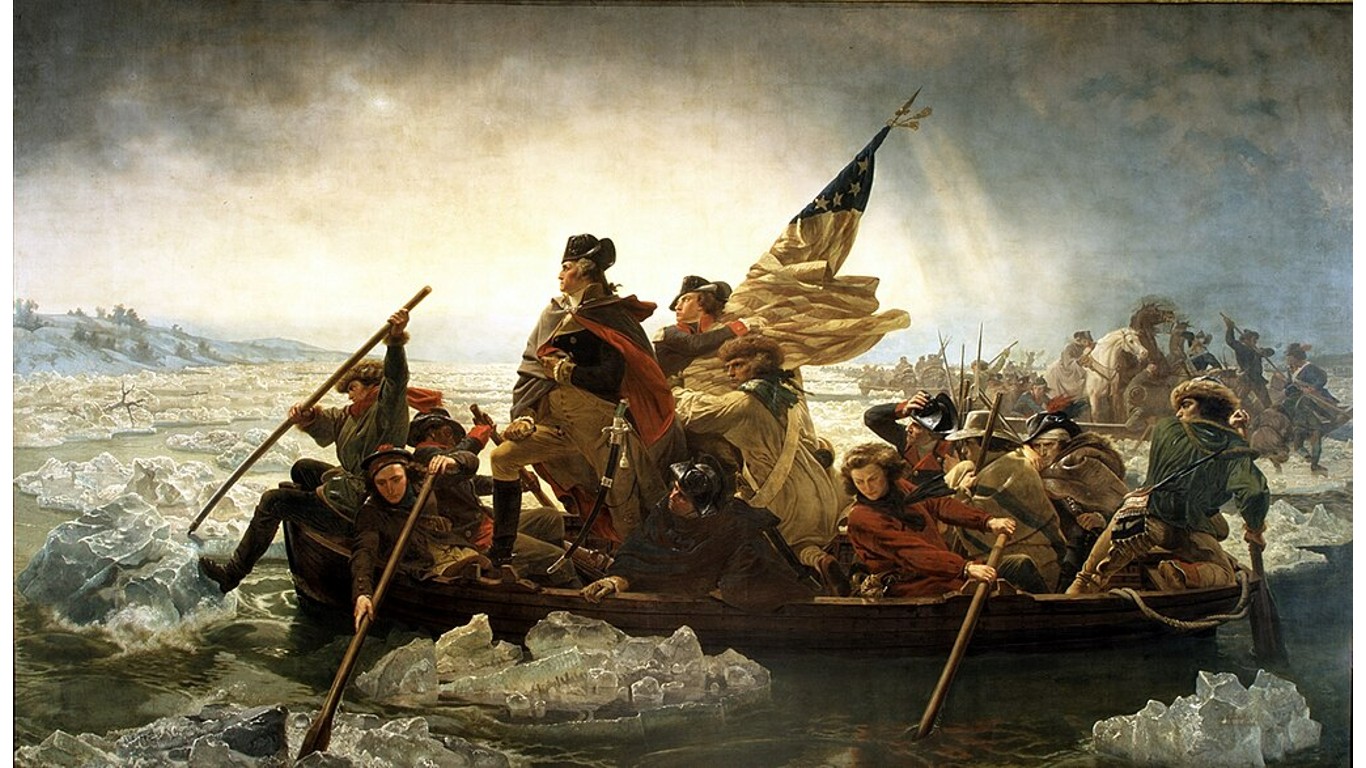
The American Revolutionary War was a struggle for independence by the American colonies against their British rulers. What started with grievances over taxes and lack of representation, exploded into a full-blown war that lasted for nearly a decade. Ultimately, this war would give birth to the United States and shape modern democracy as we know it. (These were the colonies of the United States, past, present and future?)
To identify the most important events of the American Revolutionary War, 24/7 Wall St. reviewed various military and historical sources. We ordered these events chronologically to paint a picture of how the war played out for both the Americans and the British. We also included some color on each event and how it fits into the bigger picture.
During this time, George Washington emerged as the leader of colonial forces throughout the conflict. His leadership was put on full display in his crossing the Delaware River to flank British forces in the dead of night. Washington’s tactical expertise would have a huge impact throughout the rest of the war. Considering his success on the battlefield, he won the favor of the American public and became the first President of the United States
Some of the first battles of this conflict came in Lexington and Concord in April 1775. Known as “the shot heard ’round the world,” this confrontation kicked off the American Revolution.
Ultimately, the war concluded with the Siege of Yorktown in 1781, where General Washington’s forces, assisted by French troops led by General Rochambeau, cornered British General Cornwallis, leading to his surrender and effectively ending the American Revolution. (Here are 33 historic American vessels including the Navy’s first warship.)
Here is a look at the most important events and battles of the American Revolution:
Why Are We Covering This?

The American Revolutionary War was more than just battles; it was a bold assertion of identity and governance. It set precedents in democratic governance and influenced revolutions around the world.
Battles of Lexington and Concord

- Date: April 19, 1775
The Battles of Lexington and Concord were the first military engagements of the American Revolutionary War. British General Thomas Gage dispatched about 700 British troops to Concord to disarm rebels in the region. However, these troops were met with heavy resistance from American militia forces resulting in dozens of casualties for the British. These engagements were famously termed “the shot heard round the world,” which kicked of the American Revolution.
Siege of Boston
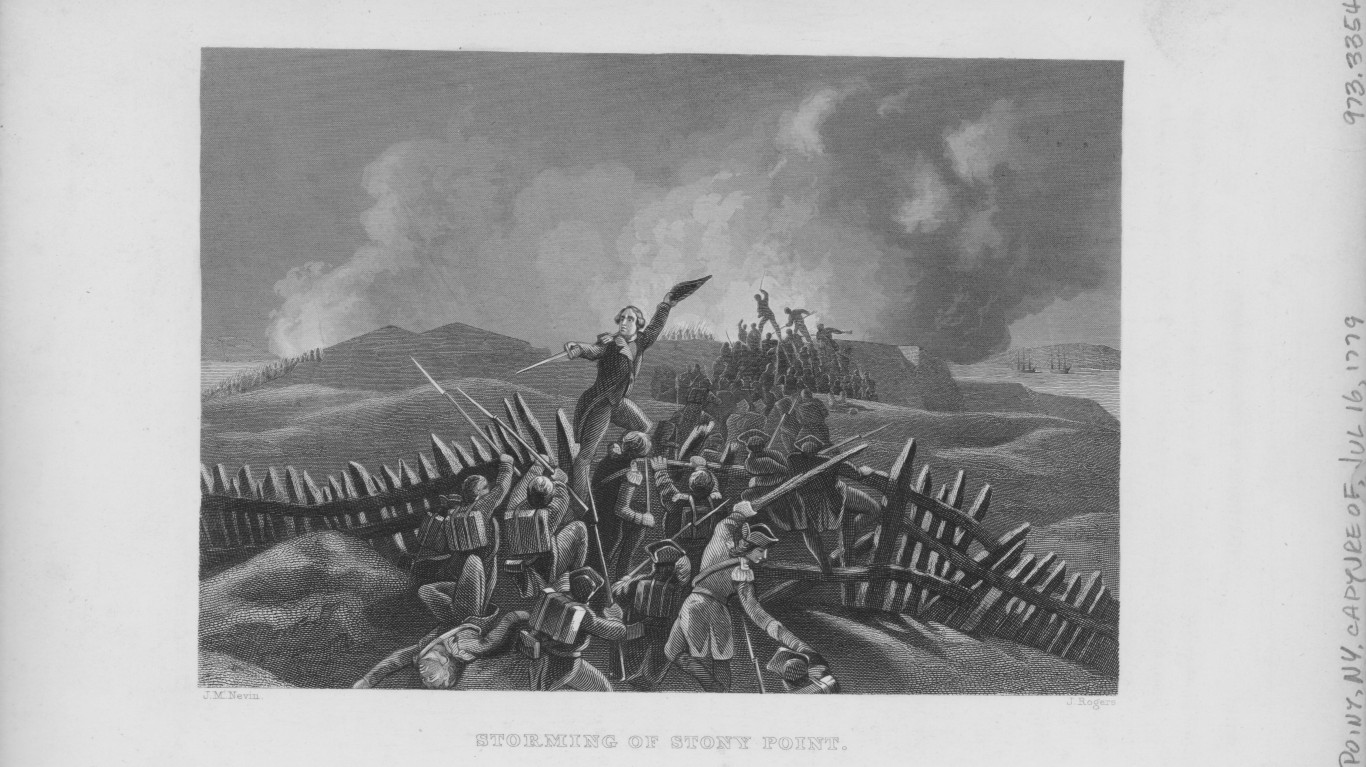
- Date: April 19, 1775 – March 17, 1776
The Siege of Boston began immediately following the Battles of Lexington and Concord and lasted until March 1776. This nearly year-long standoff marked the first major campaign of the war and involved American colonial forces surrounding the city of Boston, Massachusetts, to prevent movement by the British Army. The American forces were initially under the command of Artemas Ward but would shift to the command of George Washington in July 1775. The siege ended with the evacuation of the British troops and loyalists, and signaled a significant victory for the Americans. It would also mark the last time British forces would hold a major stronghold in New England during the war.
Capture of Fort Ticonderoga
- Date: May 10, 1775
The Capture of Fort Ticonderoga was an important victory for American Forces early in the war for a few reasons. The artillery and materiel housed within the fort would contribute greatly to the arsenal of the Continental Army. Also by holding the fort, American forces controlled a route between Canada and the Hudson River Valley which was critical for strategic movements throughout the war. The surprise attack was led by Ethan Allen and Benedict Arnold in the early morning hours of May 10, 1775, and it was carried out without a shot fired.
Battle of Bunker Hill

- Date: June 17, 1775
The Battle of Bunker Hill was one of the most significant battles of the Revolutionary War. Despite its name, the majority of the fighting occurred on Breed’s Hill, which is located close to Bunker Hill in Charlestown, Massachusetts. Under the cover of darkness on the night of June 16, 1775, American Colonel William Prescott led about 1,200 men to fortify territory against British expansion as the Siege of Boston was still ongoing. Although British forces won this battle, victory came at a great cost as nearly half the British attackers were killed or wounded. William Prescott famously issued the command to American forces in this battle, “Don’t fire until you see the whites of their eyes.”
Declaration of Independence
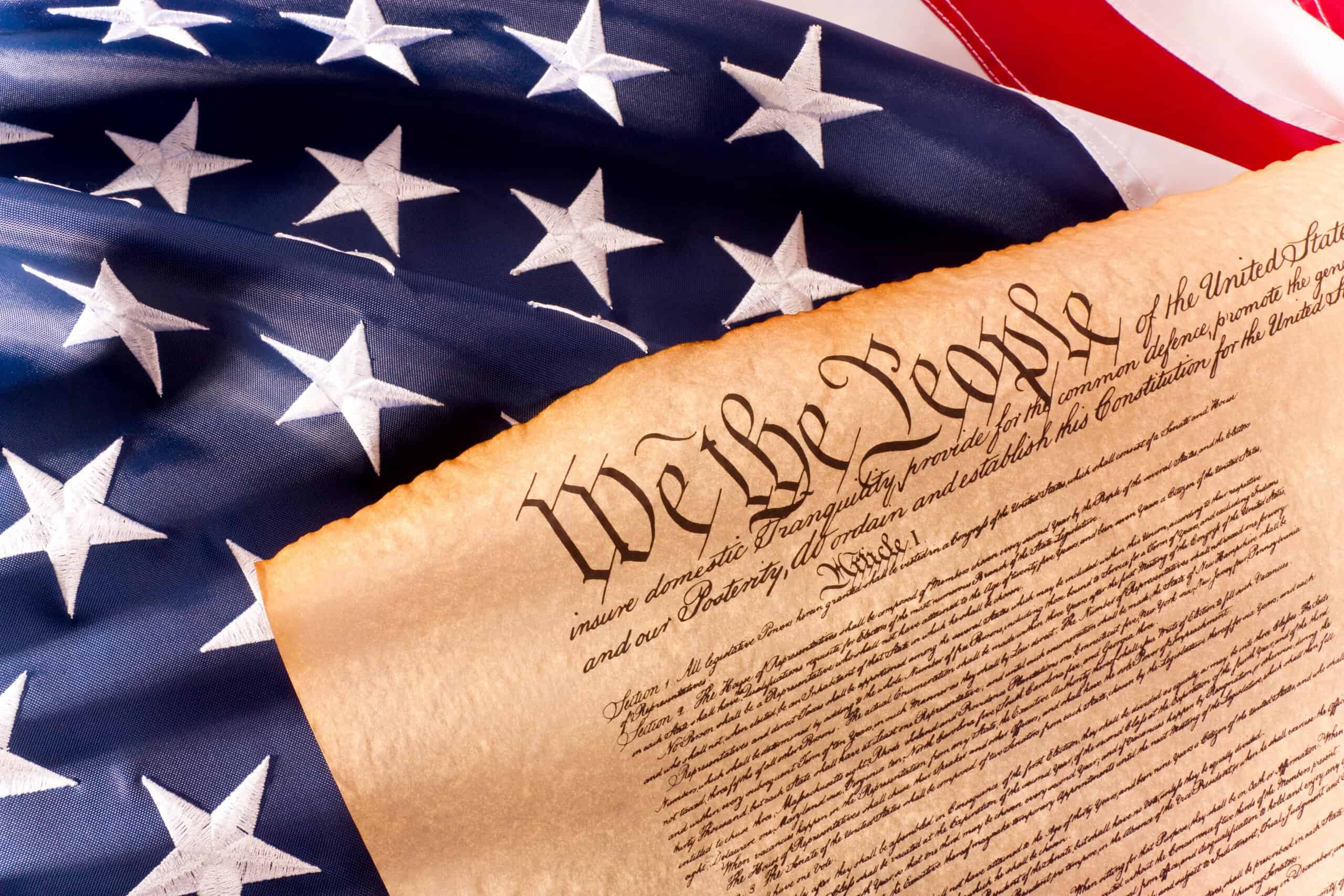
- Date: July 4, 1776
The Declaration of Independence was adopted by the Second Continental Congress on July 4, 1776. It is the foundational document of the United States of America, signaling the split from Britain and the creation of a new republic. The Declaration of Independence transformed what had begun as a fight for fair treatment under British law into a full-blown struggle for national independence.
Battle of Long Island
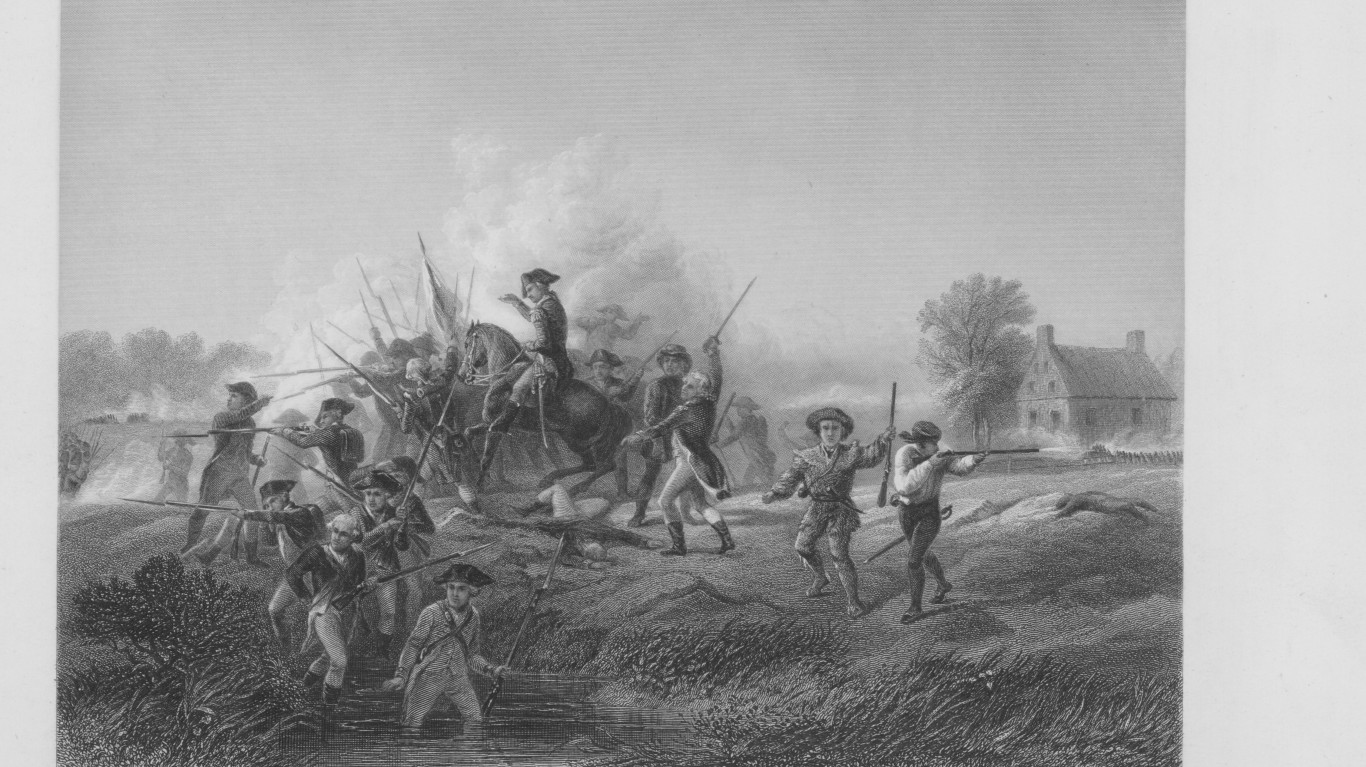
- Date: August 27, 1776
The Battle of Long Island was the first major battle since the United States declared its independence and it was the largest battle of the entire war. Following the British evacuation of Boston, focus shifted to New York to cut off New England from the other colonies. This is also known as the Battle of Brooklyn. British forces launched a full-scale assault, under the command of General William Howe, attempting to break through American lines in Brooklyn Heights. The battle resulted in a significant defeat for the Americans, with high casualties and many taken prisoner. However, a strategic withdrawal by Washington during the night of August 29-30 saved the bulk of the American forces.
Washington Crossing the Delaware

- Date: December 25, 1776
Washington Crossing the Delaware was one of the most iconic moments of the American Revolution. Washington devised a plan to surprise the Hessian forces stationed at Trenton, New Jersey on Christmas. The operation involved crossing the icy Delaware River at night with about 2,400 men, as well as horses and artillery. The crossing began at dusk near McConkey’s Ferry, which is now called Washington Crossing. After successfully crossing the river and marching to Trenton, Washington’s forces launched a surprise attack and won with minimal casualties.
Battle of Saratoga
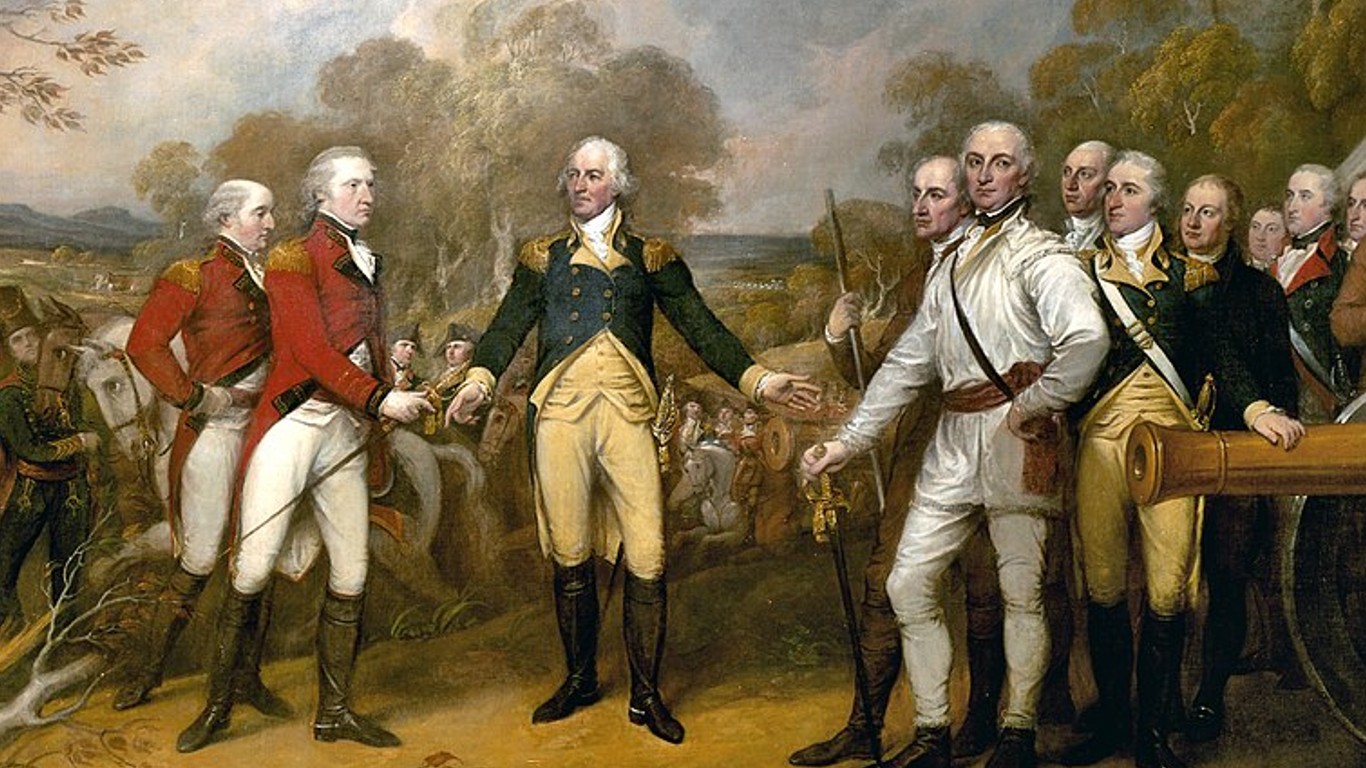
- Date: September 19, 1777 – October 7, 1777
The Battle of Saratoga is considered one of the decisive turning points of the American Revolutionary War. It actually consisted of two significant battles fought in September and October 1777 near Saratoga, New York, and resulted in a major victory for the American forces led by General Horatio Gates. During the first engagement, British troops, under the command of General John Burgoyne, broke American lines and won the day. However, American troops were reinforced for the second engagement and launched a counterattack that resulted in the surrender of these British forces, severely weakening the British war effort.
Winter at Valley Forge
- Date: December 19, 1777 – June 19, 1778
The Winter at Valley Forge is one of the most iconic chapters of the American Revolution. From December 1777 to June 1778, the American forces under General George Washington were encamped at Valley Forge, Pennsylvania. In the fall of 1777, British forces under General William Howe had captured Philadelphia and instead of pursuing the British further into the city, Washington chose to quarter his army at Valley Forge. The location was strategically chosen to keep his army close enough to monitor British movements and protect the countryside around Philadelphia, yet far enough to prevent a surprise attack. At the same time, American troops would undergo training that would greatly help them in the future.
Battle of Monmouth
- Date: June 28, 1778
The Battle of Monmouth was the first major battle after the harsh winter spent at Valley Forge, where the Continental Army had undergone extensive training and drilling. British forces, led by Henry Clinton, evacuated Philadelphia to consolidate their presence in New York. However, as the British troops moved across New Jersey, George Washington saw an opportunity to strike at them. Although the battle effectively ended in a draw, it proved to be a strategic victory for the Americans, demonstrating that they could stand toe-to-toe with the British in a large-scale engagement.
Capture of Savannah
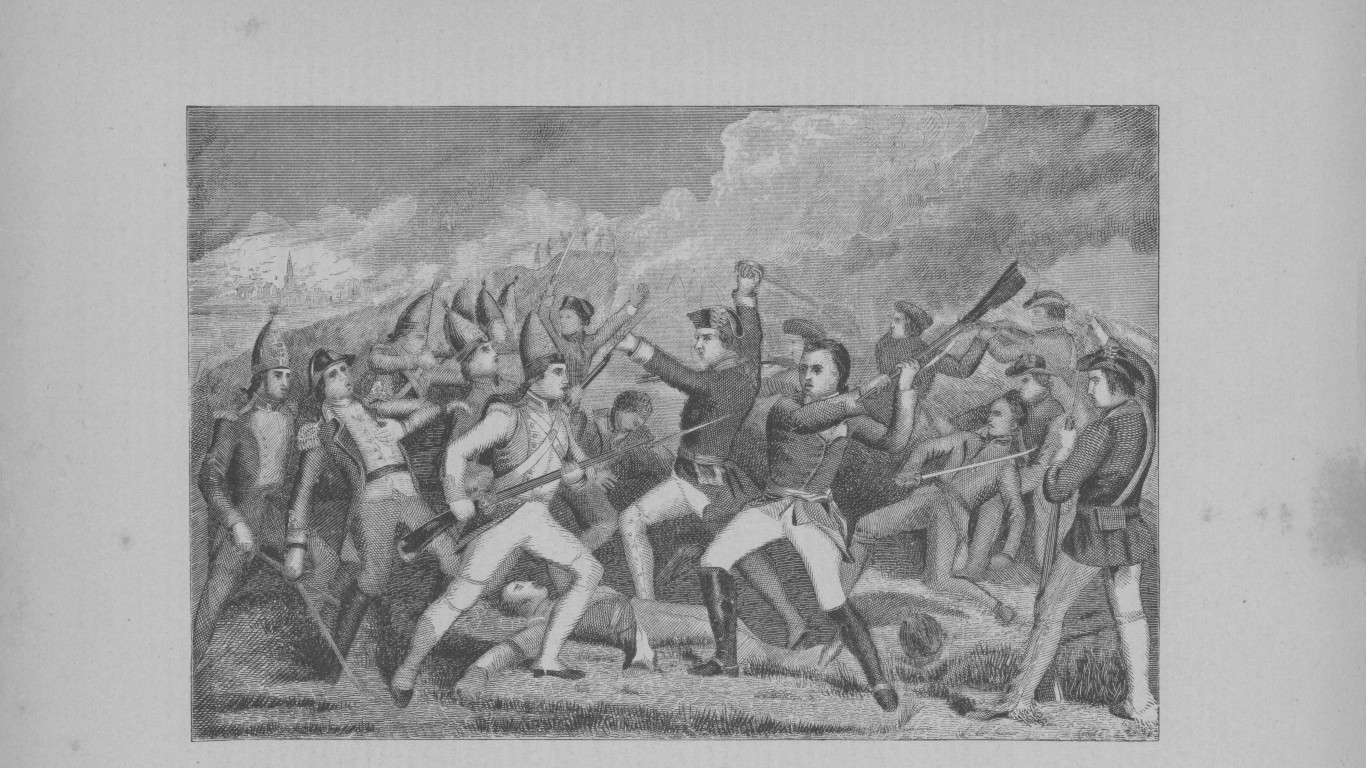
- Date: December 29, 1778
In late 1778, the British yet again shifted their focus, but this time it was on the southern colonies. The overall strategy was to secure key ports and cities, mobilize loyalist support, and gradually move northward. British forces numbering roughly 3,000 under the command of Lieutenant Colonel Archibald Campbell launched an expedition against Savannah. The American force of 650 troops led by General Robert Howe were forced to retreat, giving the British the city.
Siege of Charleston

- Date: March 29, 1780 – May 12, 1780
The Siege of Charleston was the largest engagement in terms of troop deployment in the American Revolutionary War. This battle significantly contributed to British control over the southern colonies, at least temporarily, and marked one of the lowest points for the American cause during the conflict. British General Henry Clinton set out from New York with a force numbering around 8,500 men. American General Benjamin Lincoln’s garrison was only that of 5,000 men. After six weeks of siege, American forces succumbed and surrender was unconditional.
Battle of Camden

- Date: August 16, 1780
The Battle of Camden was a major British victory as part of its southern campaign. It took place near Camden, South Carolina. General Horatio Gates with a force of roughly 3,700 men matched up against British General Charles Cornwallis and his 2,100 troops. Better training and tactics from the British resulted in a resounding victory as American forces scattered.
Battle of Kings Mountain
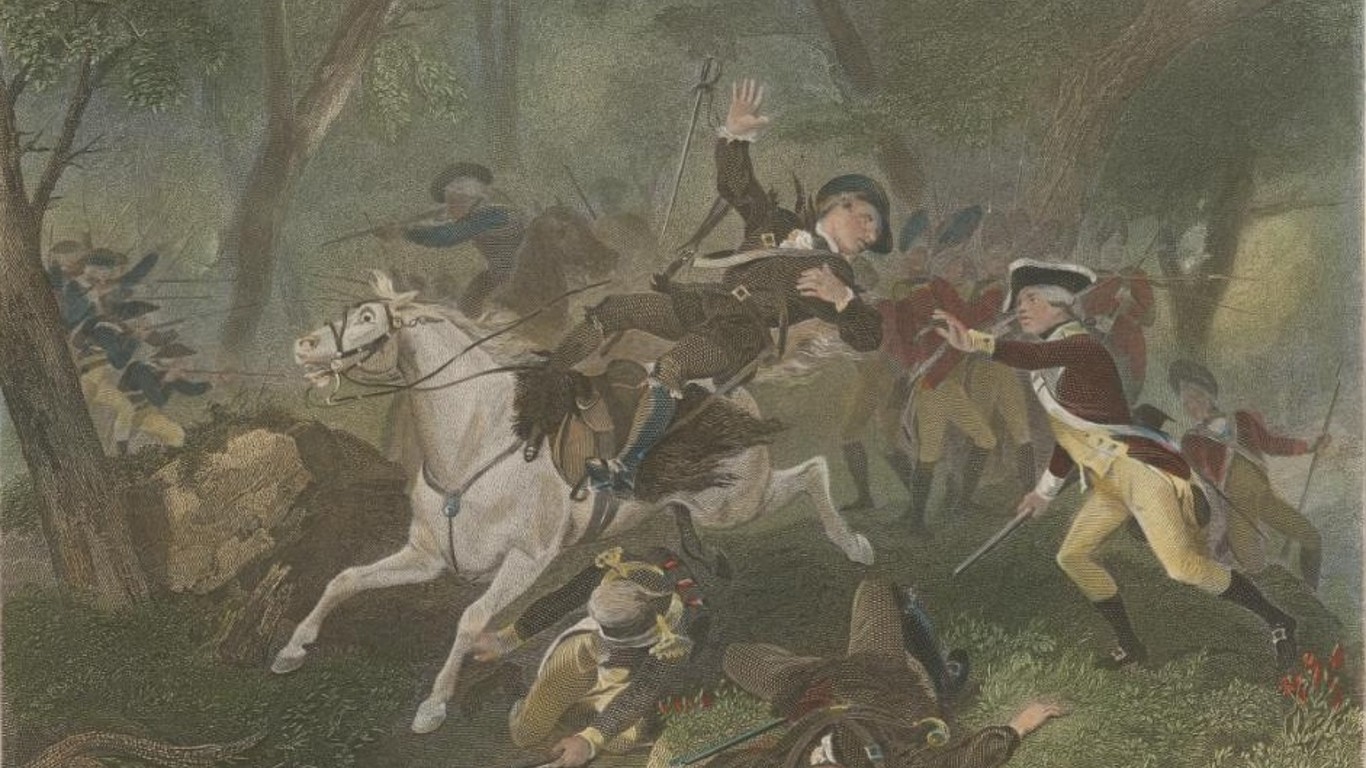
- Date: October 7, 1780
Following the disastrous defeat at Camden, British forces under Lord Charles Cornwallis attempted to extend their control over the Carolinas. Cornwallis dispatched Major Patrick Ferguson to recruit Loyalists and pacify the region. However, Ferguson was met with 1,000 militia men at Kings Mountain, a ridge between North and South Carolina. British forces would be overrun as American forces were experienced in frontier warfare and highly motivated. This battle is remembered as a “patriot’s victory,” demonstrating the effectiveness of guerrilla warfare against traditional European tactics.
Battle of Cowpens

- Date: January 17, 1781
The Battle of Cowpens was a devastating defeat for the British. It severely damaged British morale and played a critical role in setting the stage for the end of the war. The Battle of Cowpens is considered a masterpiece of military strategy and is studied for its innovative use of terrain and troop deployment to defeat a numerically superior enemy. General Daniel Morgan and Lieutenant Colonel William Washington tactically pieced down British Lieutenant Colonel Banastre Tarleton’s forces playing to his tendencies of quick and aggressive assaults.
Battle of Guilford Courthouse
- Date: March 15, 1781
The Battle of Guilford Courthouse took place in present-day Greensboro, North Carolina. Despite being a tactical victory for the British, it was ultimately pyrrhic as the British suffered heavy casualties which would significantly weaken the army and set the stage for their defeat in Yorktown. American Major General Nathanael Greene’s forces numbered roughly 4,500 men which came against Lord Cornwallis and his 1,900 troops. Greene conducted the battle as a strategic retreat through multiple lines of Continental forces inflicting serious casualties on the British.
Battle of the Chesapeake

- Date: September 5, 1781
The Battle of the Chesapeake, also known as the Battle of the Virginia Capes, fought on September 5, 1781, was a crucial naval engagement in the American Revolutionary War. The battle saw the French fleet, commanded by Admiral François Joseph Paul de Grasse, engage and defeat a British fleet led by Admiral Thomas Graves. This victory ensured French naval superiority in the region and prevented British reinforcements or evacuations at Yorktown.
Siege of Yorktown
- Date: September 28, 1781 – October 19, 1781
The Siege of Yorktown lasted less than a month and ended with the surrender of Lord Cornwallis’s British army, effectively ending major conflicts in the American Revolution. The siege was a combined effort of American and French forces. General George Washington commanded roughly 8,000 American troops, and the Comte de Rochambeau led approximately 7,800 French troops. Realizing his situation was hopeless, Cornwallis opened negotiations and formally surrendered on October 19.
Treaty of Paris

- Date: September 3, 1783
The Treaty of Paris, signed on September 3, 1783, formally ended the American Revolutionary War between Great Britain and the United States of America. This treaty is one of the most significant documents in American history as it recognized the sovereignty of the United States. This treaty would set the stage for an independent nation conceived in liberty to explore what it means to be self-governed.
Get Ready To Retire (Sponsored)
Start by taking a quick retirement quiz from SmartAsset that will match you with up to 3 financial advisors that serve your area and beyond in 5 minutes, or less.
Each advisor has been vetted by SmartAsset and is held to a fiduciary standard to act in your best interests.
Here’s how it works:
1. Answer SmartAsset advisor match quiz
2. Review your pre-screened matches at your leisure. Check out the advisors’ profiles.
3. Speak with advisors at no cost to you. Have an introductory call on the phone or introduction in person and choose whom to work with in the future
Get started right here.
Thank you for reading! Have some feedback for us?
Contact the 24/7 Wall St. editorial team.


